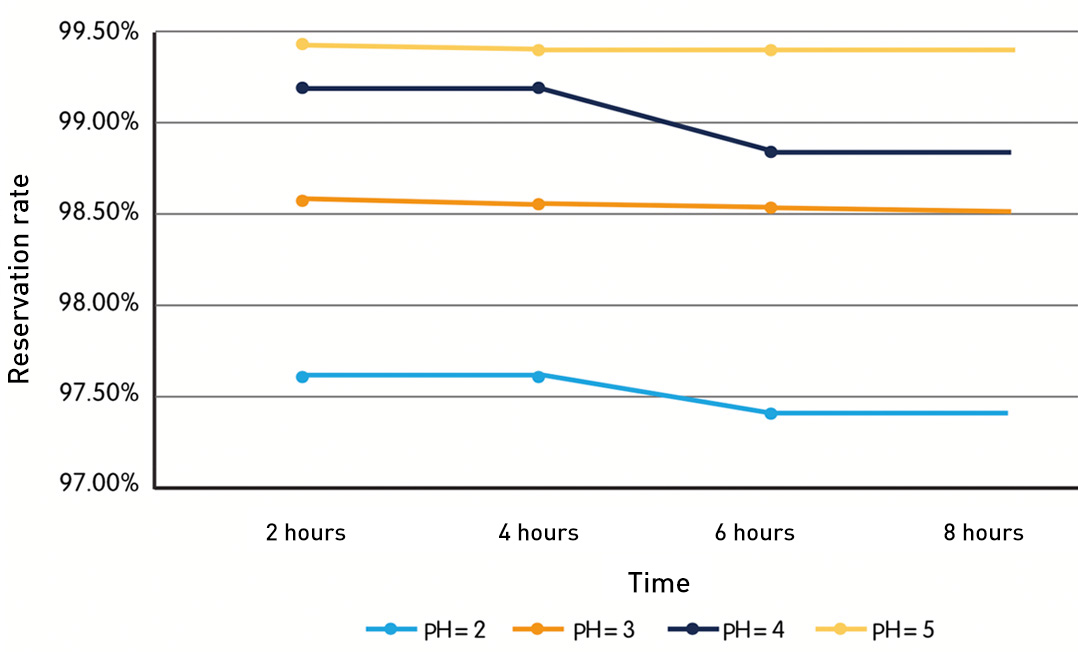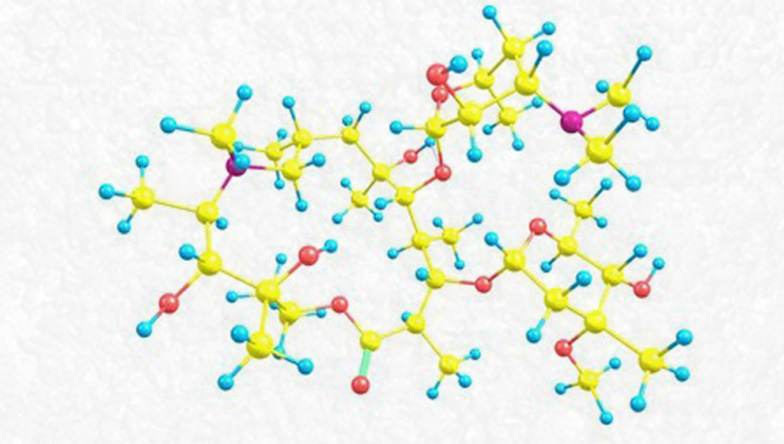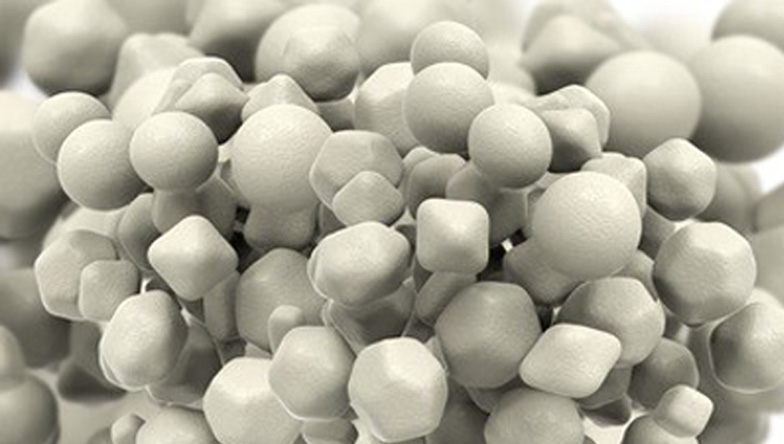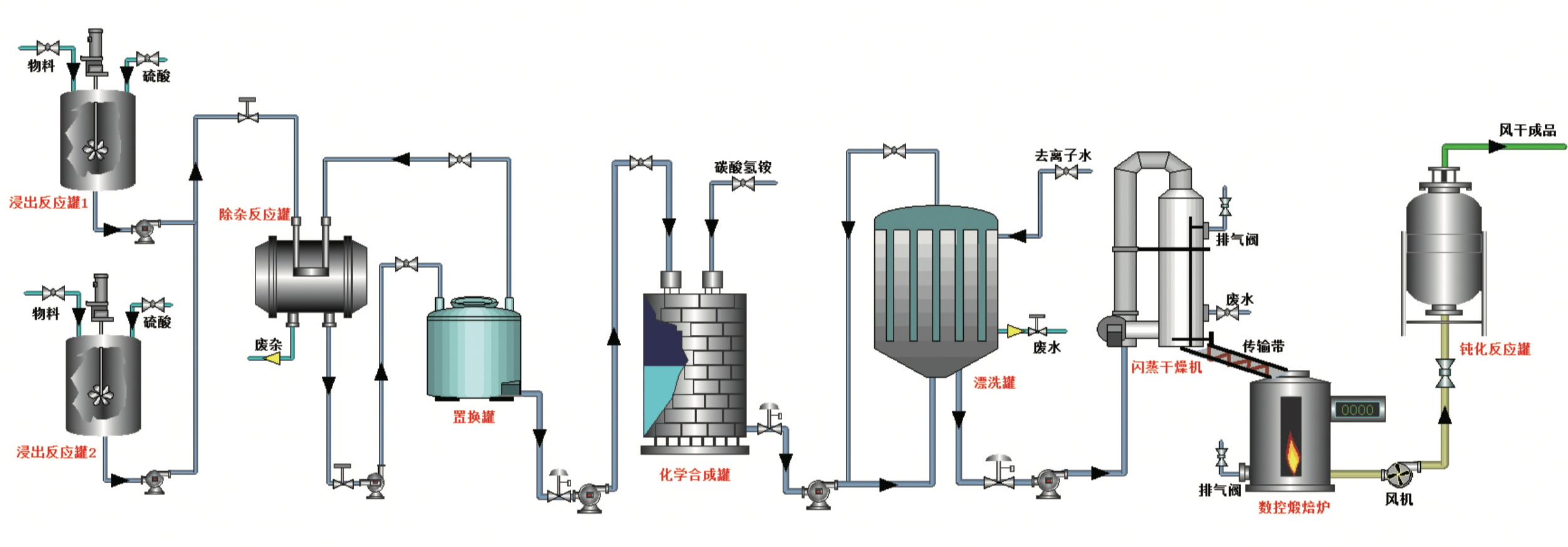Key Quality Indexes:
ZnO ≥88.0%,Zn≥70.7%
Recommended Dosages:
1.0-2.2kg per ton of feed after weaning two weeks
Particle Size Distribution:

Application Acid-Resistance Graph:

ZnO ≥88.0%,Zn≥70.7%
1.0-2.2kg per ton of feed after weaning two weeks







Researchers: Liu Hansuo, Park Xiangshu
Related units: China Agricultural University, State Key Laboratory of Animal Nutrition, Feed Industry Center of the Ministry of Agriculture and Rural Affairs
The aim of this experiment is to investigate the effects of different forms of zinc oxide on the growth performance, nutrient digestibility, serum antioxidant capacity, and intestinal morphology of weaned piglets. 192 healthy ternary hybrids (Du) were hybridized using completely randomized blocks × long × Large weaned piglets (6.42 ± 0.01kg) were divided into 4 treatments, with 6 replicates per treatment and 8 pigs per replicate. The experiment is divided into two stages: early stage (d1-14) and late stage (d15-28). No zinc source is added to the basic diet. The basic diet is corn soybean meal type, and each treatment group is: ordinary (low zinc oxide group (ZnO-1, 1600mg/kg in the early stage, 1100mg/kg in the later stage, calculated by zinc element); Passivation zinc oxide group (Pa ZnO, 1600mg/kg in the early stage, 110mg/kg in the later stage, calculated by zinc element); Nano zinc oxide (1600mg/kg in the early stage and 110mg/kg in the later stage, calculated as zinc element); Normal (high) oxygen group (Nano ZnO, zinc group (ZnO-2, early 2250mg/kg group, later 110mg/kg, calculated by zinc element). The results showed that in the early stage of the experiment (d1-14), compared with the normal (low) zinc oxide group, the passive zinc oxide group could increase the d14 day weight and average daily gain (ADG) of weaned piglets (P<0.05). The passivation zinc oxide group can significantly reduce the diarrhea rate of weaned piglets (P<0.05) compared to the ordinary (low) zinc oxide group. In the later stage of the experiment (d15-28) and throughout the experiment (d1-28), compared with the ordinary (low) zinc oxide group, the ordinary (high) zinc oxide group significantly increased piglet ADFI (P<0.05). In the later stage of the experiment, compared with the ordinary (low) zinc oxide group, the ordinary (high) zinc oxide group significantly improved the calcium digestibility of piglets (P<0.05). The passive zinc oxide group significantly improved the digestibility of dry matter, crude protein, and total energy compared to the normal (high) zinc oxide group (P<0.01). The passive zinc oxide group and nano zinc oxide group significantly improved the organic matter digestion rate of piglets compared to the normal (high) zinc oxide group (P<0.01). The passivation zinc oxide group significantly improved the calcium digestibility compared to the ordinary (low) zinc oxide group and the ordinary (high) zinc oxide group (P<0.01). The passivation zinc oxide group and the nano zinc oxide group significantly improved the phosphorus digestion rate compared to the ordinary zinc oxide group (P<0.01). In the later stage of the experiment, compared with the nano zinc oxide group, the ordinary (low) zinc oxide group significantly reduced (P<0.05) serum MDA concentration. In terms of intestinal morphology, compared with the normal (high) zinc oxide group, the nano zinc oxide group significantly increased (P<0.01) the ratio of villus height to crypt depth in the jejunum (P<0.05). In addition, compared with the ordinary (low) zinc oxide group, the ordinary (high) zinc oxide group significantly increased (P<0.05) liver zinc content (P<0.01). The nano zinc oxide group and the ordinary (high) zinc oxide group significantly increased the zinc content in piglet gastric chyme (P<0.01) compared to the ordinary (low) zinc oxide group and the passivated zinc oxide group. Compared with the ordinary (low) zinc oxide group, the ordinary (high) zinc oxide group and the nano zinc oxide group can significantly improve piglets